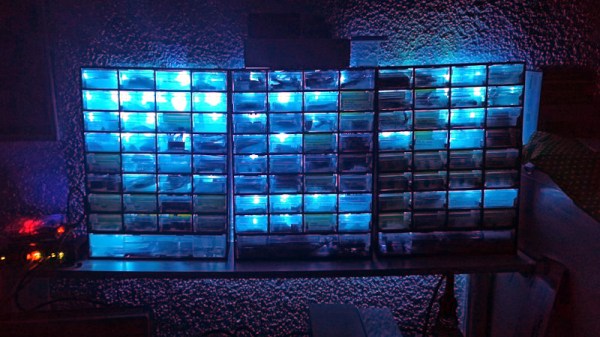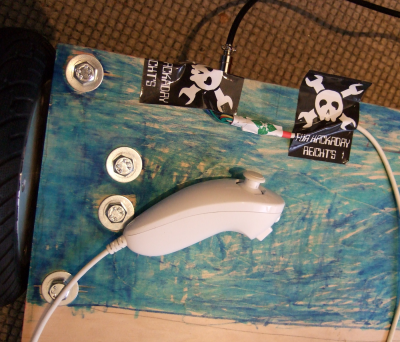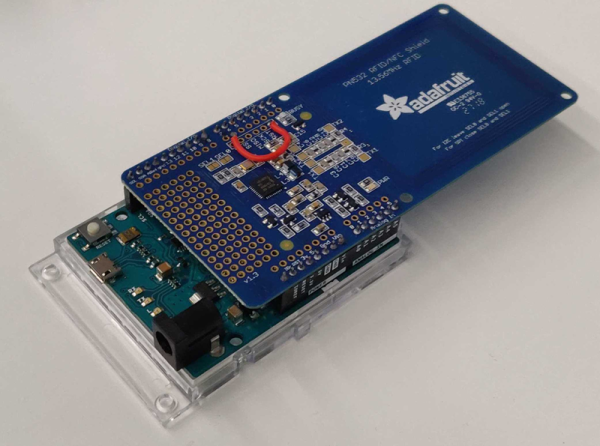While I normally sport the well-worn fedora of a hard-boiled sysadmin, Sunday mornings I swap that neo-noir accessory for the tech-noir: a pair of pro headphones. This is the tale of the collision of those two roles. An educational caper, dear reader. You see, my weekly gig is to run a Facebook Live Stream, and Facebook just recently began enforcing a new policy: all video streams are required to use encryption. We have Fedora installed on the media machine, and use Open Broadcaster Software (OBS) to stream. It should have been easy to update the stream settings. I made the necessary changes and tested it out — no luck. The error message was less than helpful: “Failed to connect to server”. With a sigh, I took off my headphones, put my sysadmin hat on, and walked out into the digital darkness. It was time to get back to work.
Continue reading “Troubleshooting A Symlink — A Whodunnit For The Git Record Books”




















